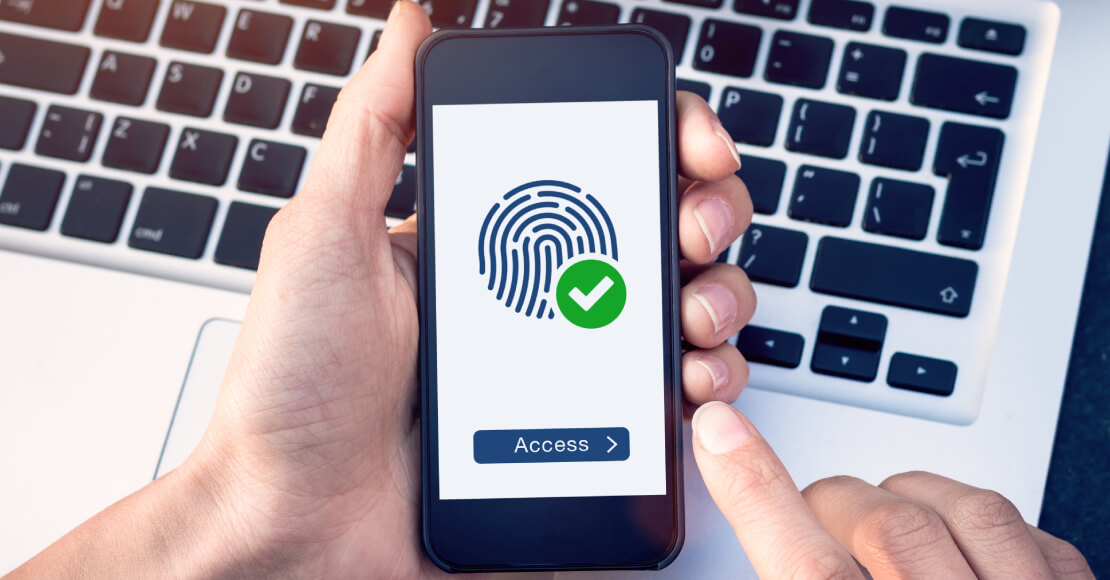Streamlining Security: Simplifying Modern Authentication Methods for Success
Security breaches, data leaks, and cyber attacks are a constant concern for a business of any size in today’s digital landscape, which is why implementing robust identity authentication measures is crucial. They can help protect sensitive information and keep it out of the reach of cyber criminals, but managing multiple authentication methods can be complex and time-consuming. By simplifying authentication methods, firms can make their cyber defences more efficient and more secure.
When it comes to authentication, there are two schools of thought. Basic authentication is the most traditional method of ensuring identity authentication. It’s primarily used in HTTP-based communication, and for years it was the most common way of giving users access to files or applications. This can be done with usernames and passwords, but these kinds of authentication methods weren’t designed to support access to more modern solutions like cloud-based services.
This is where modern authentication methods come in – they take a much more layered approach to authentication. These require more information from the user before they’re granted access – more than a password, which could be stolen or guessed. They often require one-time passcodes, which grant users temporary access, or biometric data such as fingerprints, that are much more difficult to fake. Our cyber security partners at TrustBuilder offer a range of multi-factor authentication measures, making it easier to validate a user’s identity. They specialise in customer identity and access management (CIAM), helping clients to protect their customers’ data and ensuring a more seamless customer journey. With single sign-on, multi-factor authentication, and regulatory compliance, CIAM helps businesses to foster brand loyalty and trust. Modern authentication is an umbrella term for a multi-functional authentication method that’s far more secure, allowing administrators to tailor their requirements to their specific requirements.
Modern authentication methods are far more secure than legacy authentication methods, and require minimal time to set up and implement. As identity authentication management (IAM) specialists, we understand the importance of identity security – as well as setting up your identity security solutions, we can seamlessly integrate them with your existing solutions, and monitor your network around the clock.
Modern authentication gives you far more ways of securely validating users, rather than just relying on passwords. Requiring users to provide multiple pieces of evidence to verify their identity makes it harder for unauthorised individuals to gain access to your sensitive data. By consolidating and setting up various authentication methods in your network, you can reduce the complexity of your authentication. These methods ensure you’re offering an enhanced user experience. Passwords could be forgotten or lost, making the login experience frustrating. Modern authentication, however, streamlines the process by incorporating multiple authorisation methods. It also eliminates the need to remember complex passwords, making authorisation more user-friendly.
Another benefit is the ability to provide secure access across multiple devices and platforms. Modern authentication methods support a variety of devices, including smartphones, tablets, laptops, and wearables, allowing users to access their accounts from anywhere. Services such as those provided by our partner, Cyolo, allow users to connect securely to your network whether they’re on or off site. These can be integrated into various applications and online services, ensuring consistent security standards across different platforms. Cyolo’s cyber security solutions are used in every sector, especially operational technology (OT), which has been left increasingly vulnerable to evolving cyber threats – our recent blog covers some of the modern authentication methods used to secure OT networks.
The average employee in a modern workplace can switch between critical applications over 1,000 times a day. Modern authentication methods use established authorisation protocols, and we’ve rounded up some of the most commonly-used protocols below:
Oauth 2.0 is an industry-standard protocol for authorisation, allowing users to grant access to their resources on one website to another website without sharing their credentials. OAuth 2.0 enables the use of access tokens, reducing the risk of password theft and providing users with a more seamless experience. Our partners at CyberArk support OAuth 2.0 – their CyberArk Identity solution allows you to easily customise who can access your network.
The JSON Web Token (JWT) is one of the most commonly-used token formats, and uses OAuth. This access token is used for both authentication and authorisation. As it’s compact and self-contained, it requires less bandwidth and storage space, and can be used to make web and mobile applications much more efficient. JWTs support a wide variety of programming languages, making it easy to integrate them into different cyber security frameworks, and can securely transmit information between separate parties as a JSON object.
Like JWTs, OpenID Connect (OIDC) is built upon OAuth 2.0. OIDC provides a more standardised and secure approach to authentication and authorisation, enhancing security, user experience, and interoperability across different applications and platforms. It uses JWTS to ensure the confidentiality of identity data, preventing unauthorised access to user information. OIDC also supports Single Sign-On (SSO) scenarios – once a user has been authenticated, they can access multiple applications and services without having to re-enter their credentials. Not only does this improve user experience, but it reduces the chance of people reusing passwords.
Modern authentication methods such as OAuth 2.0, JWTs, and OIDC provide a range of benefits, simplifying user experience while keeping data secure. By turning to modern authentication methods, today’s business can strengthen their cyber defences and protect their data from unauthorised access. These methods make it more challenging for cyber criminals while also allowing authorised users to access their accounts from anywhere, at any time.
Whatever solution you’re looking for, we can help. The experts at Infosec K2K can offer you specialist guidance, and help you find the product that’s the best fit for you.
Get in touch with us to find out more about how we can help you.

